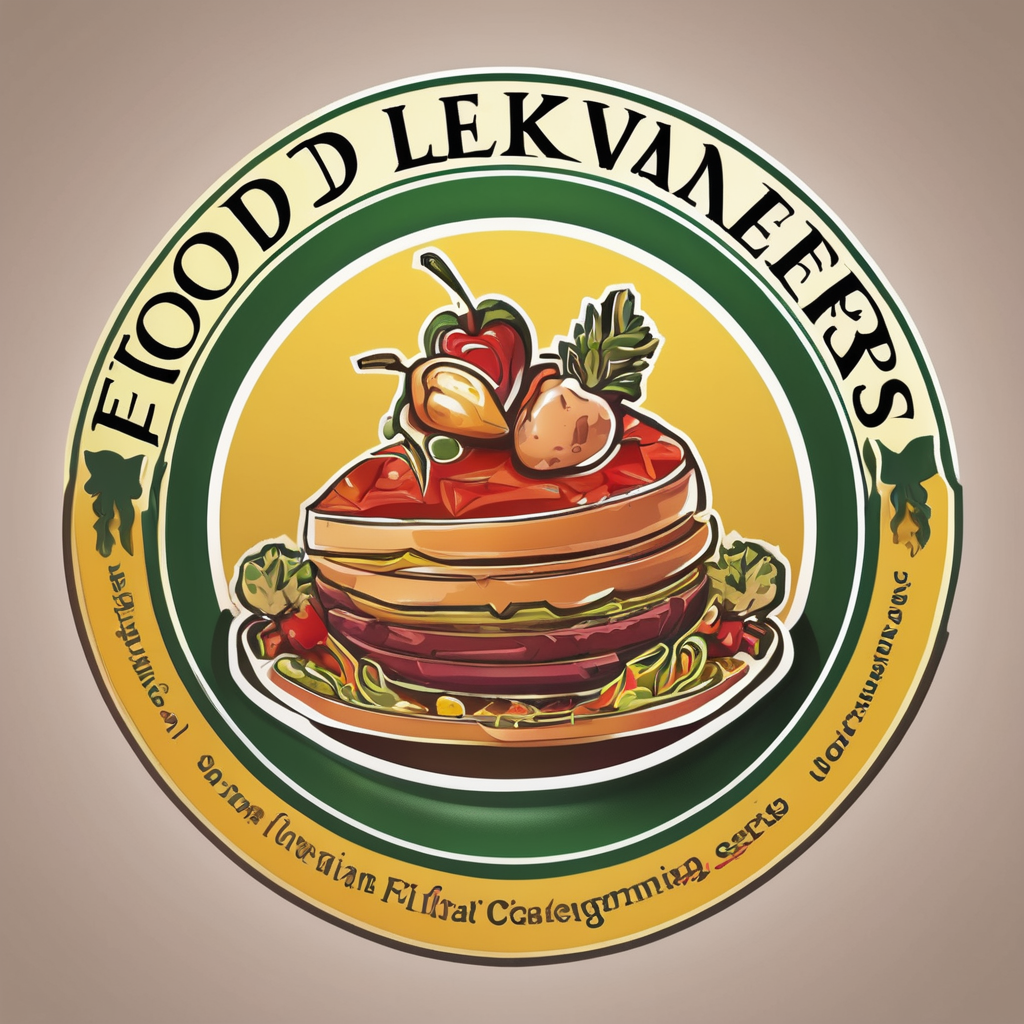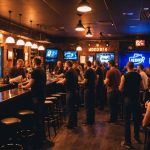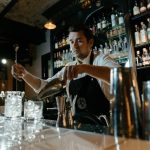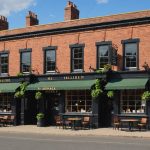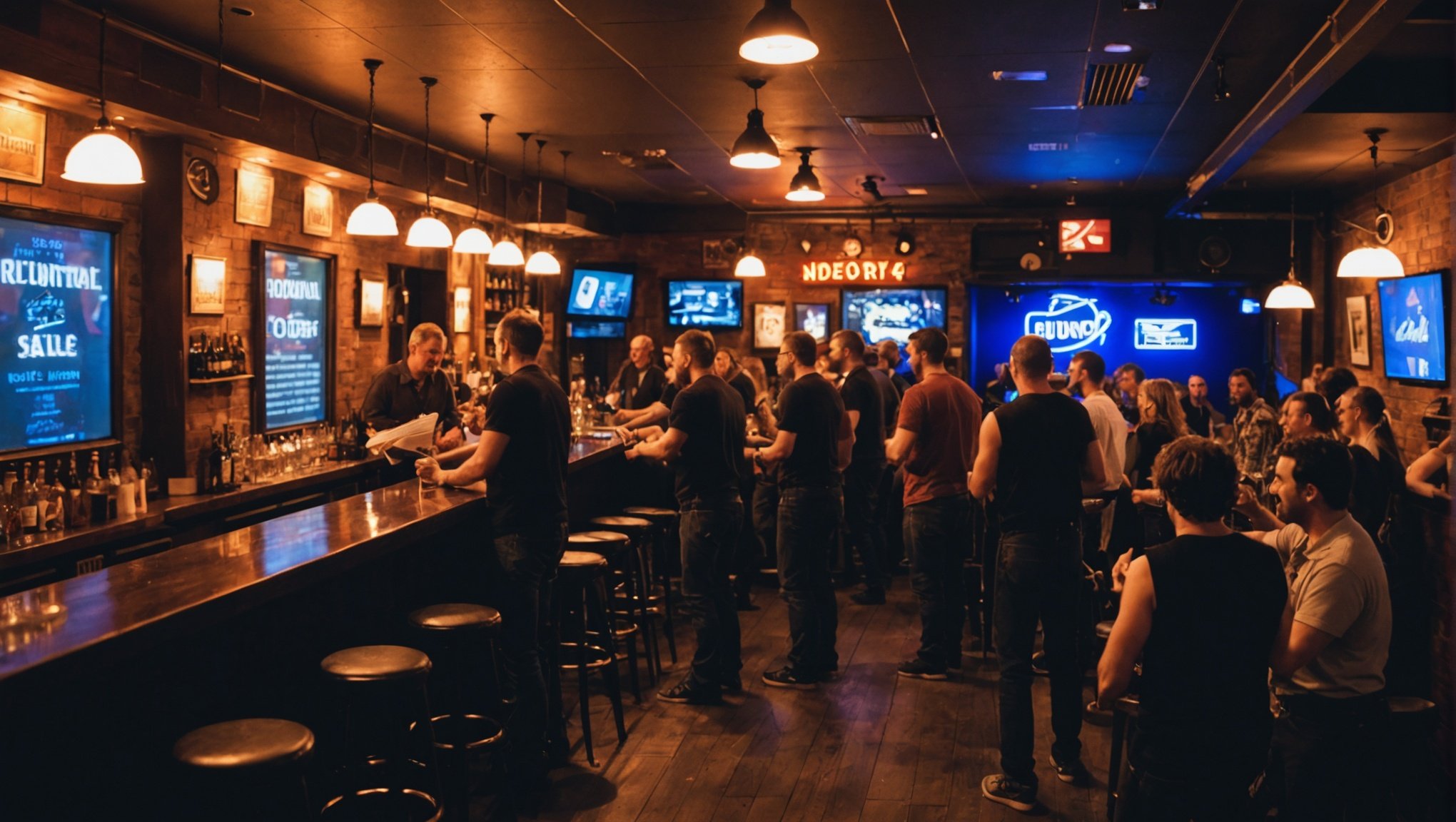Live music can be a game-changer for your bar’s nightly earnings. It not only attracts larger crowds but also creates an inviting atmosphere that encourages patrons to stay longer and spend more. Imagine energetic performances captivating your customers, turning an ordinary night into a memorable experience. With the right mix of genres and local talent, your bar can transform into the go-to destination for entertainment. Discover how to harness the power of live music to enhance profit margins while elevating your venue’s vibe.
The Financial Impact of Live Music on Bars
Understanding the financial benefits of live music is crucial for bar owners aiming to boost their earnings. Live music events can significantly enhance bar revenue by drawing in larger crowds and encouraging increased customer spending. This is particularly evident in customer spending patterns, where patrons often stay longer and purchase more during performances.
Have you seen this : Revamping Tradition: A Guide to Modernizing Historic Pubs While Preserving Their Unique Charm
Statistics on Customer Spending
Statistics reveal that bars hosting live music events typically see a 20-30% increase in sales. This is because live music creates an engaging atmosphere that encourages patrons to enjoy more drinks and food. A study found that 70% of customers are likely to spend more on nights featuring live performances.
Case Studies of Successful Implementations
Several bars have successfully leveraged live music to boost their financial performance. For example:
Also to read : Transforming Your Bar Layout: Essential Tips for Hosting Large Event Nights
- The Blue Note Bar saw a 25% increase in monthly revenue after introducing weekly live music nights.
- Jazz & Brews reported a 40% rise in customer spending during live music events compared to regular nights.
- Rock House Pub noted a significant uptick in repeat customers, attributing this to their vibrant live music schedule.
By integrating live music, bars not only enhance their ambiance but also significantly improve their earnings, making it a strategic investment for sustained profitability.
Strategies for Booking the Right Artists
Understanding how to effectively book musicians can transform a bar’s atmosphere and profitability. Identifying the right artist selection is crucial for drawing in your target audience.
Booking musicians starts with recognizing the genres that resonate with your patrons. Consider surveying regular customers or analyzing past events to gauge preferences. For instance, a bar with a younger crowd might benefit from indie bands, while a venue with an older clientele might thrive with jazz or blues.
Collaborating with local artists and bands can also be advantageous. Local talent often brings a dedicated following, enhancing the overall appeal of your live music programming. Establishing a rapport with these artists can lead to mutually beneficial partnerships.
Factors to Consider
- Audience preferences: Ensure the genre aligns with customer interests.
- Artist availability: Schedule performances when artists are available and when your bar experiences peak traffic.
- Budget constraints: Balance between artist fees and potential revenue increases.
When scheduling live performances, consider the timing and frequency. Regular events can build anticipation and increase repeat visits. A thoughtful approach to artist selection and live music programming not only attracts a loyal customer base but also maximizes financial returns.
Promotion Techniques for Live Music Events
Engaging methods to captivate your audience and boost attendance.
Effective Social Media Strategies
Harnessing the power of social media is essential for promoting live music events. Platforms like Instagram and Facebook allow you to reach a broad audience. Create visually appealing posts with captivating images or videos of past performances. Utilize event hashtags and encourage attendees to share their experiences, amplifying your reach. Engaging stories and live streams can keep your audience excited and informed.
Utilizing Local Media and Community Boards
Local newspapers, radio stations, and community boards are invaluable for event marketing. These channels can effectively target local audiences who are likely to attend. Submit press releases or event details to local media outlets. Engaging with community boards or online forums can also enhance visibility, attracting residents interested in local events.
Building a Mailing List
Developing a mailing list is a strategic way to maintain audience engagement. Regular updates about upcoming live music events keep your patrons informed and excited. Offer exclusive promotions or early access to tickets for subscribers to increase sign-ups.
- Social Media: Use vibrant visuals and hashtags.
- Local Media: Target local audiences with press releases.
- Mailing List: Offer exclusive promotions.
These promotion techniques ensure your events remain top-of-mind, driving attendance and enhancing your bar’s live music appeal.
Optimizing Your Bar Environment for Live Music
Enhancing the bar atmosphere for an unforgettable customer experience.
Designing a Layout
Creating an effective live performance setup is essential. Arrange seating to ensure clear views of the stage, enhancing the customer experience. Consider movable furniture to adapt to different event sizes. A strategic layout fosters a welcoming bar atmosphere.
Acoustic Considerations
Sound quality is crucial. Invest in quality sound systems and consider acoustic panels to minimize echo. Proper live performance setup ensures music is enjoyable, not overwhelming. This attention to acoustics elevates the customer experience.
Creating a Welcoming Atmosphere
Encourage patrons to linger by crafting a cozy bar atmosphere. Use warm lighting and decor that complements the music style. A well-thought-out environment enhances the customer experience and promotes patron retention.
- Lighting: Soft, adjustable lighting enhances mood.
- Seating: Comfortable, flexible seating arrangements.
- Decor: Aligns with music genre, creating thematic coherence.
A well-optimized environment not only boosts the bar atmosphere but also enhances the live performance setup. These strategies ensure a memorable customer experience, encouraging patrons to return. By focusing on these elements, bar owners can create a space where live music thrives, benefiting both the venue and its clientele.
Enhancing Customer Experience During Live Events
Creating memorable moments for patrons through strategic engagement.
Training Staff for Exceptional Service
A well-trained team is essential for elevating the event experience. Staff should be adept at managing increased foot traffic and maintaining a high level of customer engagement. Training sessions focused on efficiency and friendliness can significantly enhance the overall atmosphere. Consider role-playing scenarios to prepare staff for dynamic situations typical of live events.
Themed Nights and Drink Specials
Offering themed nights and drink specials can attract larger crowds and enhance the bar service. For example, a jazz night with a special cocktail menu can create a cohesive theme. These promotions not only draw in new patrons but also encourage regulars to return.
- Themed Nights: Align with music genres.
- Drink Specials: Offer exclusive event beverages.
- Crowd Attraction: Increase attendance through unique offerings.
Collecting Feedback for Continuous Improvement
To maintain a high-quality event experience, regularly collect customer feedback. This can be done through comment cards or digital surveys. Use this information to refine bar service and tailor future events to better meet patron expectations.
“Feedback is the breakfast of champions.” – Ken Blanchard
By focusing on these aspects, bars can create an inviting environment that enhances customer engagement and ensures a memorable time for all attendees.
Measuring Success and Adjusting Strategies
Evaluating and refining live music event effectiveness.
Tools and Metrics for Measuring Success
Utilizing event analytics is crucial for understanding the impact of live music events on bar performance. Implementing software to track revenue tracking and customer attendance can provide valuable insights. Key performance indicators (KPIs) such as ticket sales, average spend per customer, and duration of stay are essential metrics. These tools offer a comprehensive overview of event success.
Analyzing Customer Feedback and Sales Data
Regularly reviewing customer feedback and sales data helps identify areas for improvement. Surveys and comment cards can capture patrons’ experiences and preferences. Analyzing this feedback alongside sales figures allows for a nuanced understanding of event performance. This practice not only enhances performance review but also aids in refining future strategies.
Adapting Strategies Based on Performance Outcomes
Adjusting strategies based on performance outcomes ensures continuous improvement. For example, if data shows a preference for certain music genres, bars can tailor their live music programming accordingly. Observing trends in revenue tracking and customer satisfaction can guide decision-making.
- Revenue Tracking: Monitor sales and spending patterns.
- Event Analytics: Utilize software for data collection.
- Performance Review: Regularly assess and adapt strategies.
By focusing on these aspects, bar owners can effectively measure success and optimize their live music events for better financial and customer satisfaction outcomes.
